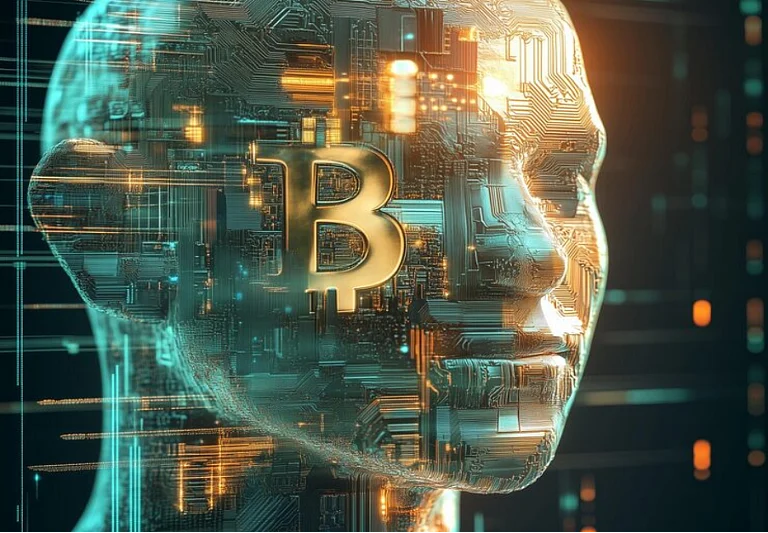In the age of hyperconnectivity, the promise of education as a great leveler remains unfulfilled for millions. For children in underprivileged neighborhoods—rural slums and inner-city ghettoes—their right to quality learning remains a privilege. But as the digital economy unfurls, there is a new promise dawning, one that doesn't rely on old infrastructures or centralized platforms. It's no longer just a case of digital education—it's digital empowerment. And at the forefront of this revolution is a technology that has been better known for its economic implications than its social ones: crypto.
Redefining Access Through Decentralized Systems
One of the most powerful barriers to education in poor neighborhoods is access—access to teachers, schools, libraries, materials, and even, in some places, electricity. But it's being rewritten by decentralized networks. These networks enable people to write and share education materials not through, or based on, a central institution or authority. A world where learning materials are written, shared, and validated peer-to-peer, with no gatekeepers between a child and an appetite to learn.
This does not just shift power away from institutions and towards individuals—it shifts possibilities. To distant or economically disadvantaged areas where school building may take decades, a digital-first, decentralized solution can bring almost immediate access to learning and skill acquisition. And perhaps most importantly, it can be configured to local needs, languages, and learning styles, while circumventing the red tape of traditional systems.
Micro-Incentives and the Power of Motivation
In most impoverished communities, survival comes before school. A child might be of more value in the fields than in class. This is where an unconventional innovation comes into play: micro-incentivization. The title sounds technical, but its nature is human—acknowledging and rewarding small victories, like completing lessons, solving problems, or instructing others.
This approach can turn learning from a passive obligation into an active, rewarding process. Instead of seeing school as a distant promise, students can begin to reap an immediate reward for their accomplishment. In the long run, this not only hastens retention but builds a culture of learning in schools where education may otherwise have appeared impossible or unnecessary.
Identity, Certification, and Ownership of Learning
A second huge barrier in these spaces is evidence. Official proof of study is something that most students do not possess, and this precludes them from the job market, further study, and social mobility. With traditional systems, the process of getting a certificate can be bureaucratic, costly, or inaccessible. But decentralized technologies are now offering a chance for individuals to own their learning journey.
Every completed course, every new ability attained, can be dated and stored in a way that cannot be revoked or erased by any force. For an individual living in a refugee camp or far-flung village, this means that their acquired knowledge is not only authenticated but portable. It accompanies them, it grows with them, and it creates doors that might otherwise be shut.
Beyond Technology: The Cultural Shift It Demands
But technology itself is no silver bullet. Success for crypto-funded models of learning depends not merely on infrastructure, but on trust, cultural knowledge, and interpersonal connection, and it demands that communities be involved right from the beginning—this is not about dropping a high-tech remedy into a low-resources environment. It's about collaborative design of learning models that will suit the people who will use them.
Computer education must be designed with empathy as well. Language, context, and relevance matter. Too complex, too foreign, or too disconnected from local realities, and it will not succeed—any more than have many expensive education initiatives previously. Genuine transformation comes not just from innovation, but from participation.
Crypto has been set up for so long in polarities: as a utopian ideal or a speculative gamble. But quietly, in the middle of those two poles, is a revolution—one where education will be viewed as a right and not as a commodity. Decentralized systems, used wisely, can do more than simply convey information; they can reclaim agency, dignity, and hope for those communities that have been left in the dust.
The question isn’t whether crypto can close the education gap. The question is whether we’re bold enough to use it for something bigger than profit. If the answer is yes, then the classroom of the future may not be in a building—but in the hands of every learner, everywhere.

























